Estimated reading time 10 minutes, 33 seconds.
Sgt Wade Bourassa of the Saskatoon Police Service, Saskatchewan, runs the air support unit. Their unit logo is the Shrike because of its small stature and for being a notoriously skilled hunter. For Bourassa, it’s the perfect analogy for how he sees his aviation unit in a small town with 300,000 people, in a province 154 percent larger than California. Instead of claws, the aviation unit’s attack methodology is their payload: a Wescam MX-10, known for its immense capability for day or night operations. It features Sentient Vision Systems’ artificial intelligence software, Kestrel, to provide a moving-target indicator showing everything that moves.
The MX-10 records events, provides air coverage, ground control, and enables the air support unit to act as an air boss overseeing complex events.
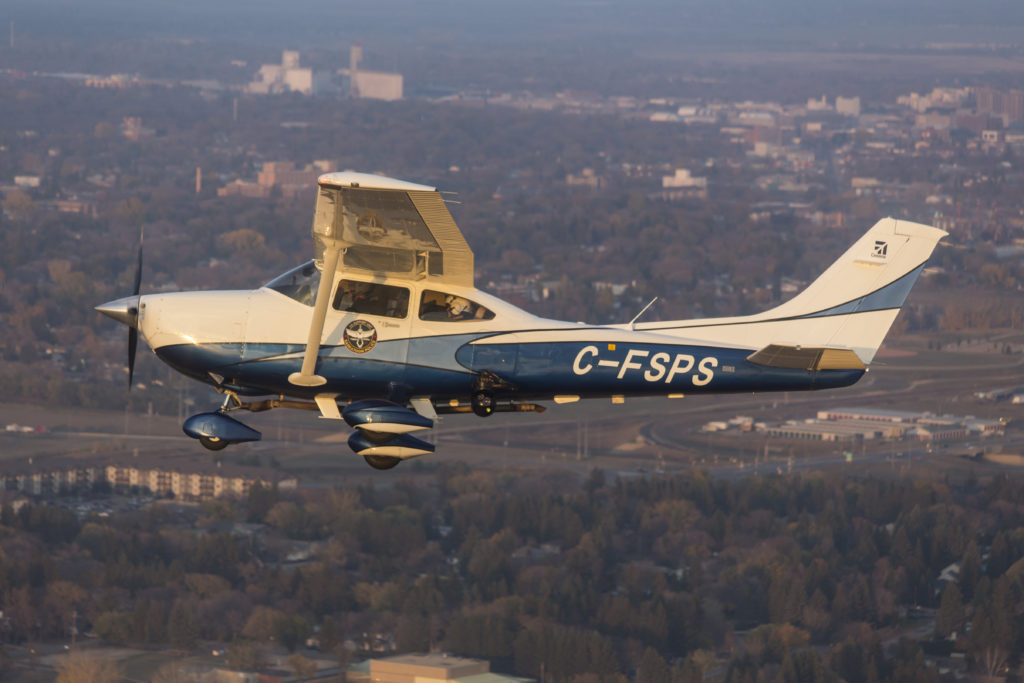
But if the camera isn’t airborne, it’s useless. That’s why Bourassa flies a Cessna 182. That’s right, a small fixed-wing platform outfitted for police work. The days of flying 500 feet overhead during police chases are gone. The technology has evolved immensely over the past 20 years, and what matters is simply being airborne — and the economics of flight.
“We fly 2,500 feet above the ground, and we’re reading license plates from that altitude,” said Bourassa. “We can see everything we need to see.”
A camera in the hangar ready for a callout doesn’t cut it. John Nielsen of Air Bear Tactical Aircraft (a California-based aviation integrator specializing in law enforcement), said: “If you can’t get that camera on a call within three minutes, it’s over.” Nielsen, who had a 30-year career flying for the Californian Highway Patrol, further explained that if you can’t fly 1,000 hours per year — or more — you might as well not even bother.
Bourassa echoed the same sentiments. The Saskatoon air unit’s pilots fly at least half of their shift. Oftentimes, when a call comes out, Bourassa said his camera is locked onto the location before the call from dispatch is even over.
In a recent case, Bourassa was flying when the RCMP called him to support their apprehension of a dangerous convict who broke out of jail. The convict broke into a nearby truck, stole a rifle, and fled into the woods. The RCMP didn’t want to run into a bad situation, so over the course of an hour-long search, Bourassa found the convict. The RCMP — with Bourassa overhead using the Wescam MX-10 with its automated, moving-target indicator — watched the entire scene unfold as their tactical team descended on the convict in a potentially dangerous situation.
“We show up, we find them, we guide their tactical team to them, and we mitigate all of the risks,” said Bourassa.
Plus, with an eight-hour bag of gas on board, the Saskatoon police air support unit spends enough time on scene to ensure they cover the action — compared to most helicopters with typically no more than two hours of flight time available.
Changing Perspective: Defining the Mission
Nielsen teaches an air tactics course emphasizing the three Cs: Control, Contain, and Capture. The ability to control a scene, and provide air boss capability that leads to a capture, is completely predicated on being airborne. What matters is the payload, getting the most technologically advanced equipment to provide your team the advantage in an emergent situation.
Oftentimes, police aviation units want the biggest, baddest equipment available — typically a helicopter. The unfortunate piece is they’re expensive to buy, maintain, and fly. Nielsen explained that only about three percent of all police forces actually conduct search-and-rescue operations where a helicopter is a requirement. The other 97 percent is all about supporting the troops, and making sure you’re airborne. He recounted a story about one small unit that bought an Airbus EC135 with an incredible payload, but the helicopter was so expensive to fly, the unit could only afford 150 hours per year.
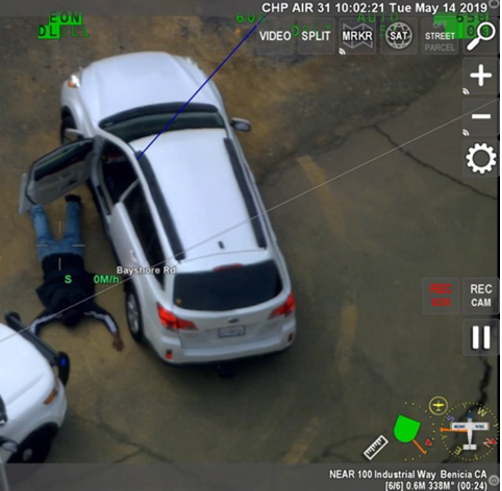
The mission comes first — everyone knows that. But, being stuck in a fixed mindset from the origins of police work, it’s hard to let go. Nielsen explained: “When we talk to customers, we try to define what their mission is. And then we don’t talk about aircraft, we talk about platform; really, the platform is what’s going to carry your sensor package so that you can have airborne intelligence while hunting crime from above.”
If you whittle this down to pure economics, as well as the end game of supporting the police and putting away criminals, the goal is flight time. The challenge is the mental shift for police units to go from helicopters to light fixed-wing aircraft.
Nielsen said police units buy these aircraft and they sit in the hangar because small towns can’t afford the flight time. They shift to the fire house mentality, getting airborne when the alarm goes off. But it doesn’t work.
Meanwhile, in Saskatoon, Bourassa flies the Cessna 182 over 1,200 hours annually at $150 per hour. “We looked and said, ‘OK, where’s the benefit in spending more money on, say, a helicopter?'” said Bourassa. “And so for us, it really struck home flying around in our 182 catching as many, or more, bad guys per hour than some of the most expensive helicopter units.”
Finding the right platform to make an impact for the local force, that’s what matters.
“That’s the biggest hurdle I see… moving away from helicopters to keep the payloads flying,” said Nielsen. “In reality, the biggest, most progressive agencies in the country have shifted into using fixed-wing [aircraft] very effectively.”
Proving Your Value: Impact Per Dollar
Let’s talk about the sheriff in the southern U.S. who bought a twin EC135 helicopter for air support for his department. They had no extra funds to add ISR technology, so they operated the first few years until funds were available for the payload.
The sheriff utilized contract maintenance and pilots, and with a small annual operating budget, they could fly 150 hours per year, making the unit a hangar response air support program. From the onset, it was set up for failure. Statistically, their program would have little impact on crime within that county.
For one-third of the purchase price, they could have a Diamond DA62 MPP, with the best ISR technology, that could fly 1,250 hours per year.
Compare the sheriff’s decision with Bourassa’s. He looks to his numbers, or the “cornerstone stats,” as he says. Proving your operational effect is what really matters.
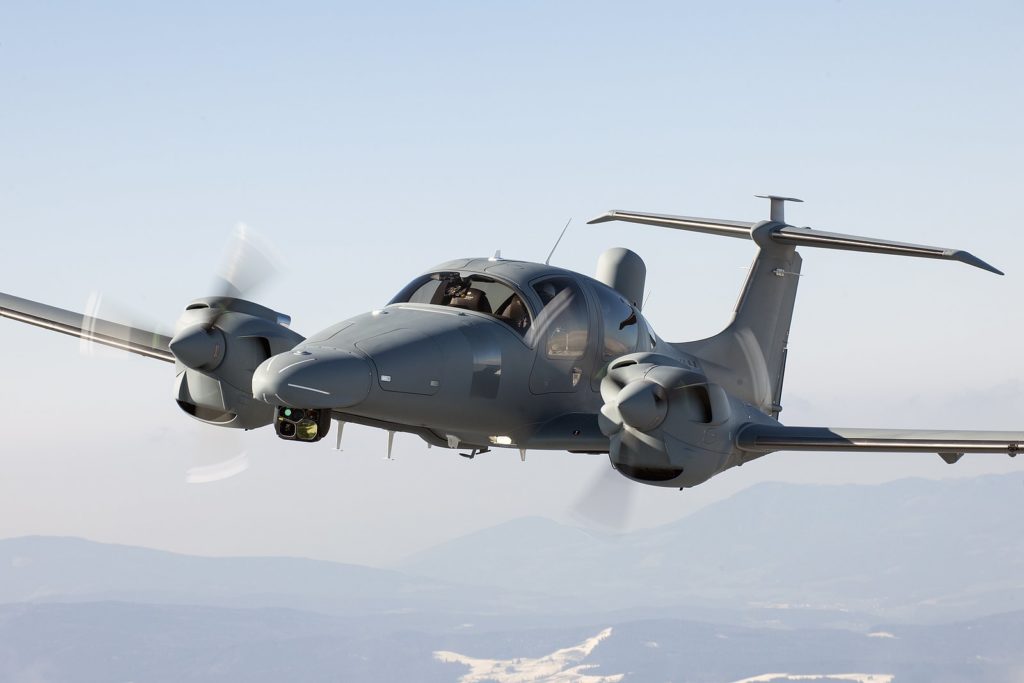
Since his unit began flying in 2009, they’ve tracked hours flown, calls for service, arrests, criminal code charges, and number of evade police incidents managed. Over this time period, Saskatoon netted the safe capture of 2,100 people, with 6,500 criminal charges; managed 250 criminal pursuits (including 19 people wanted for murder); and attended 15,000 calls for service.
The thing is, as the Saskatoon police air support unit grew, the success rate was not a linear correlation but, rather, an exponential growth in police support with concrete results. This solidifies the idea that with the aircraft airborne, their presence becomes very apparent.


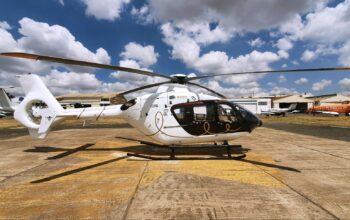

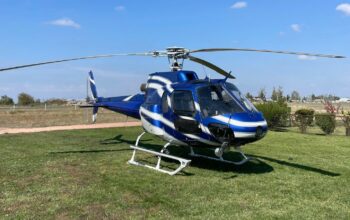

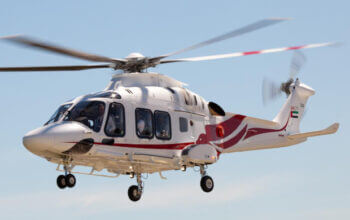
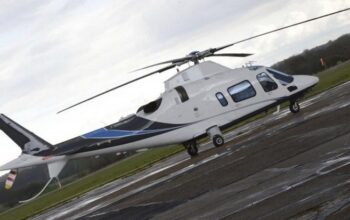

What a great article. Incredibly proud of the SPS investment in fixed wing support for the public and the officers on the ground. The numbers now tell a story of much safer conclusions compared to the years prior to 2009. The SPS and the dedicated officers leading the program through the years have proven effectiveness and efficiency of fixed over rotary. Well done.